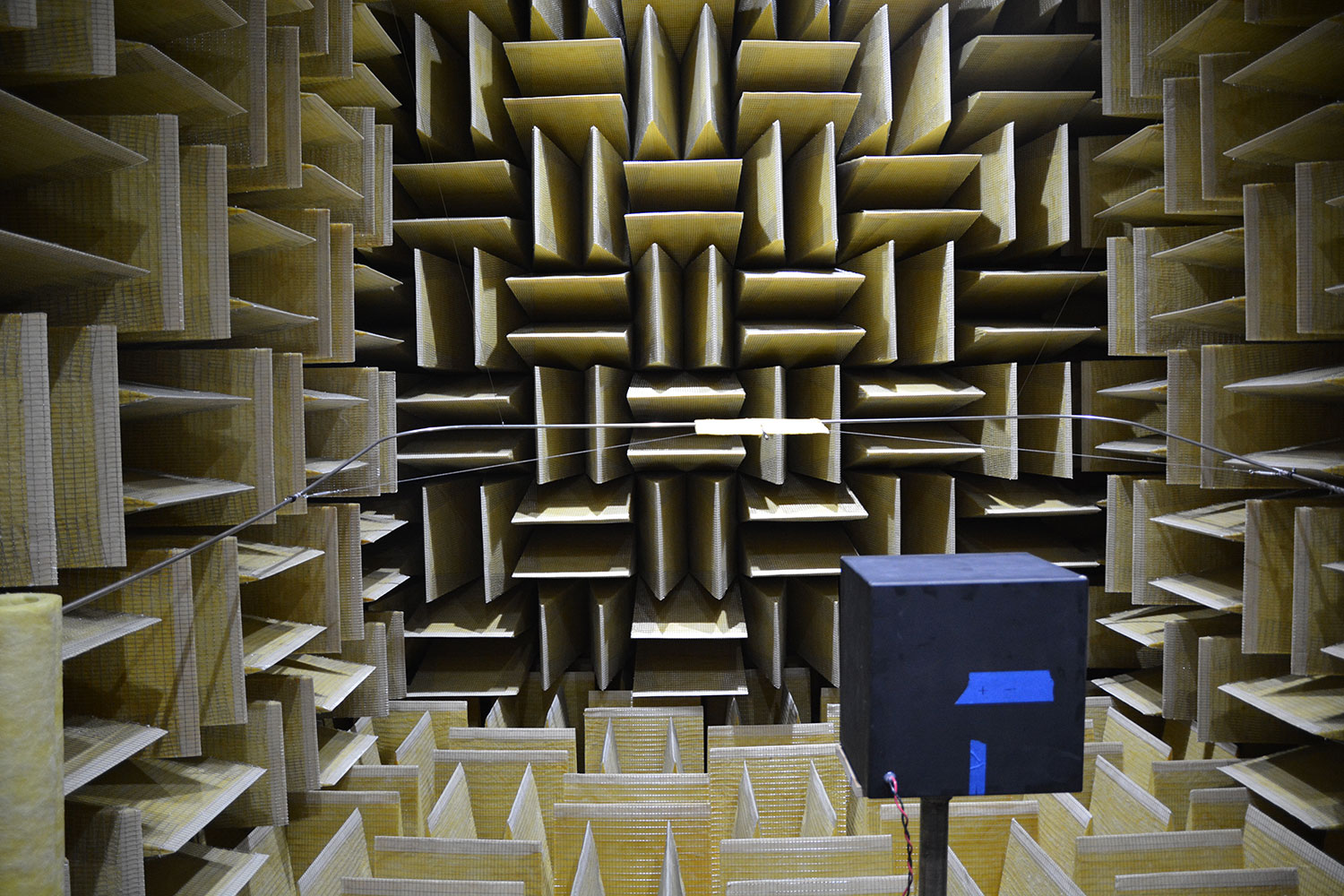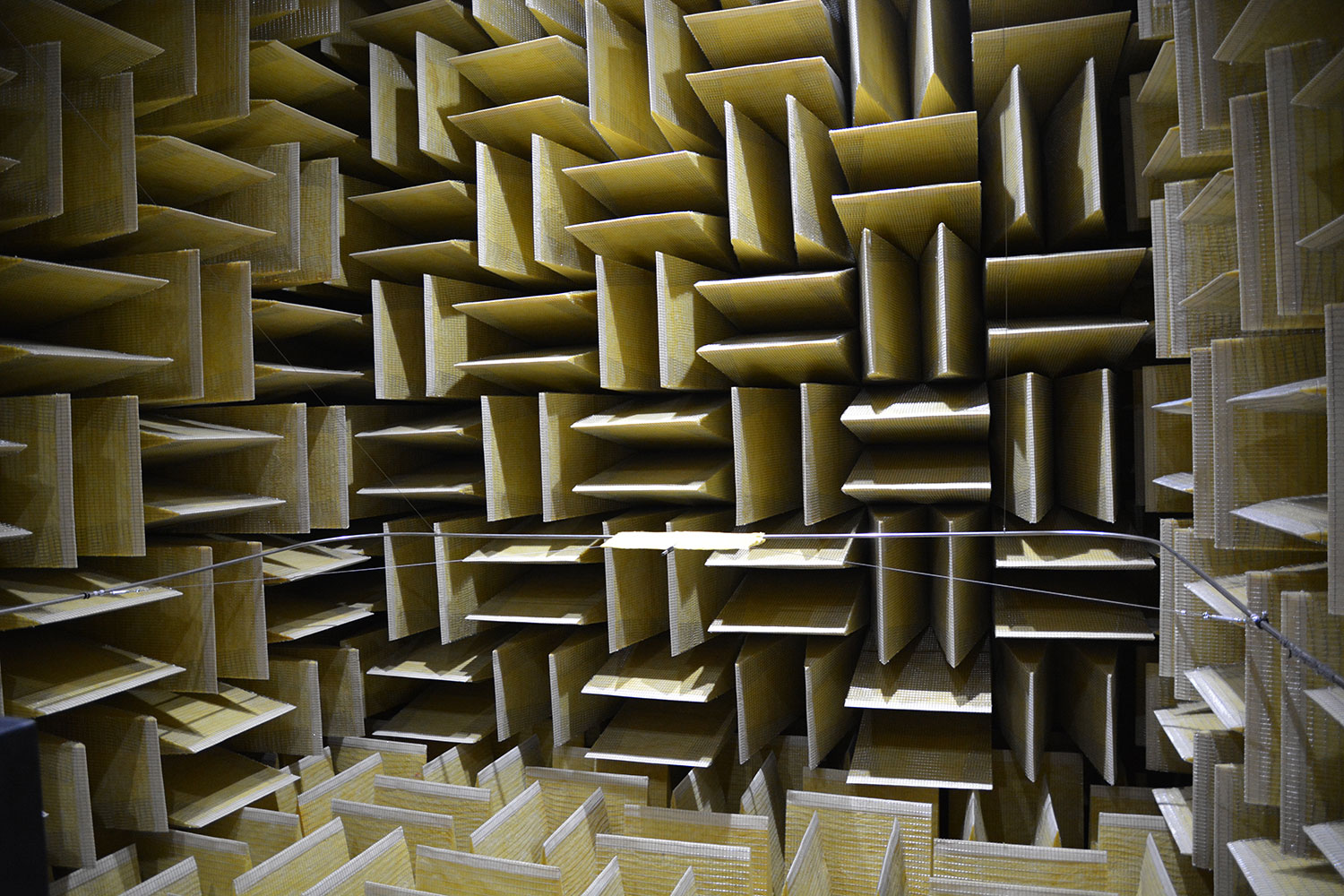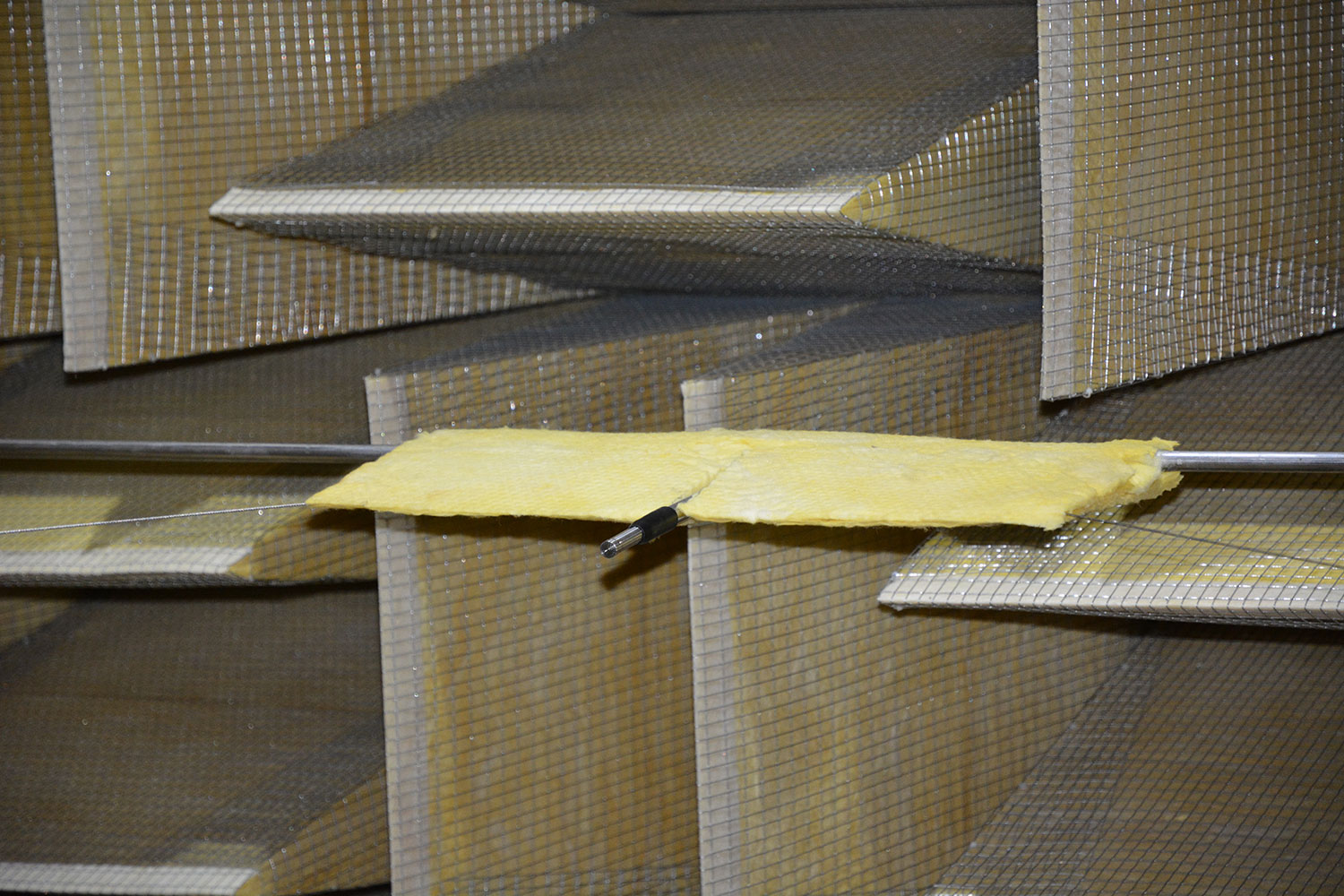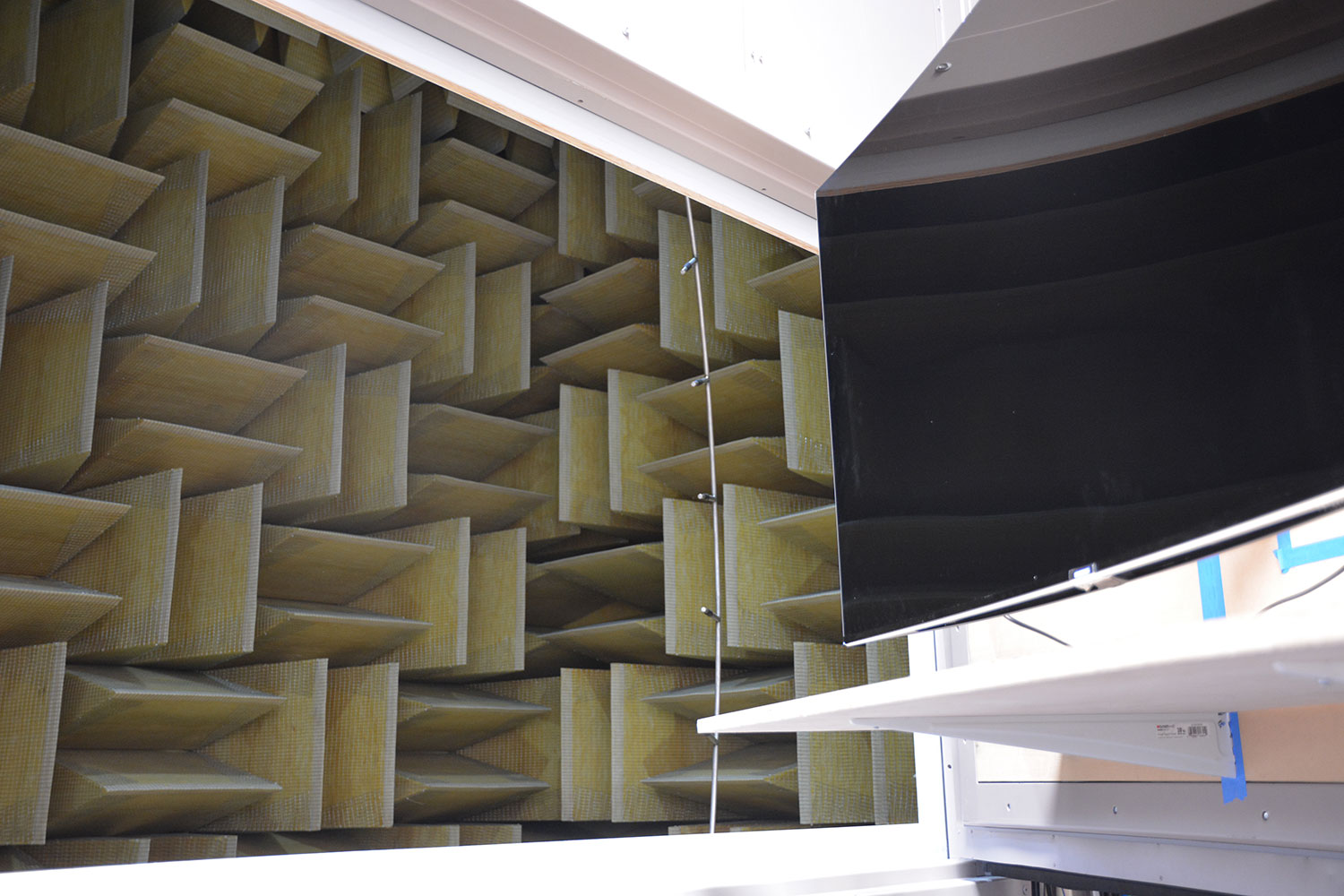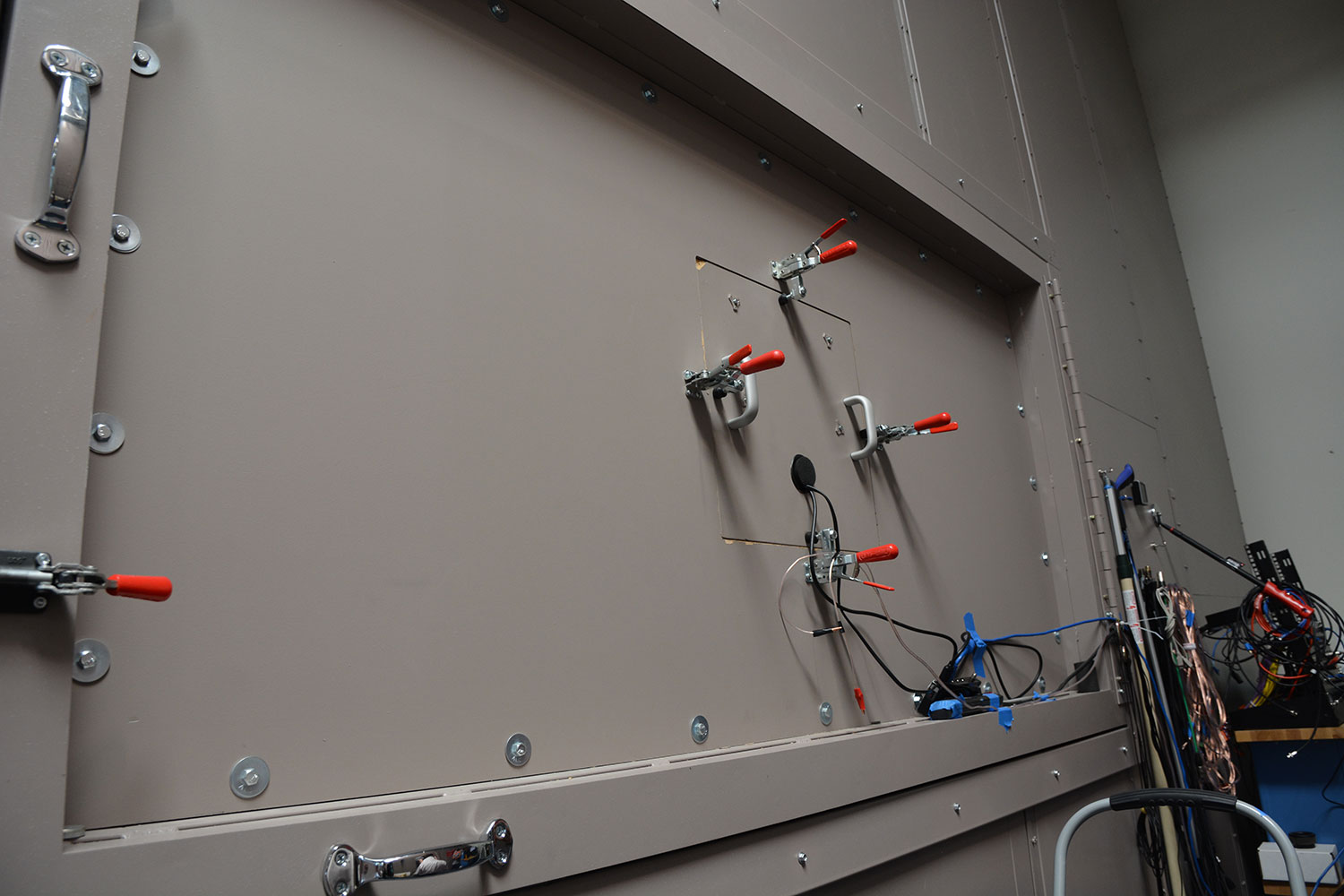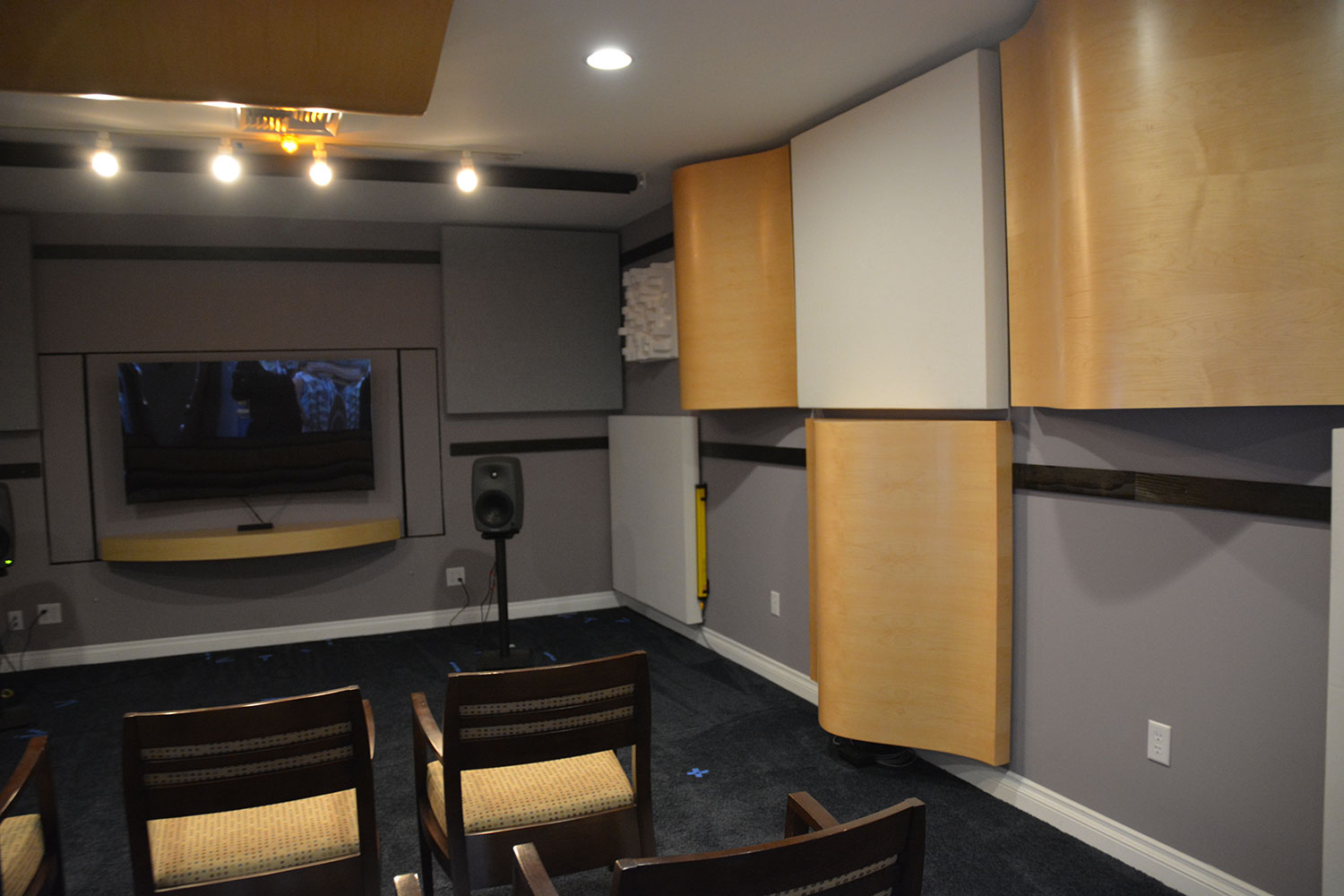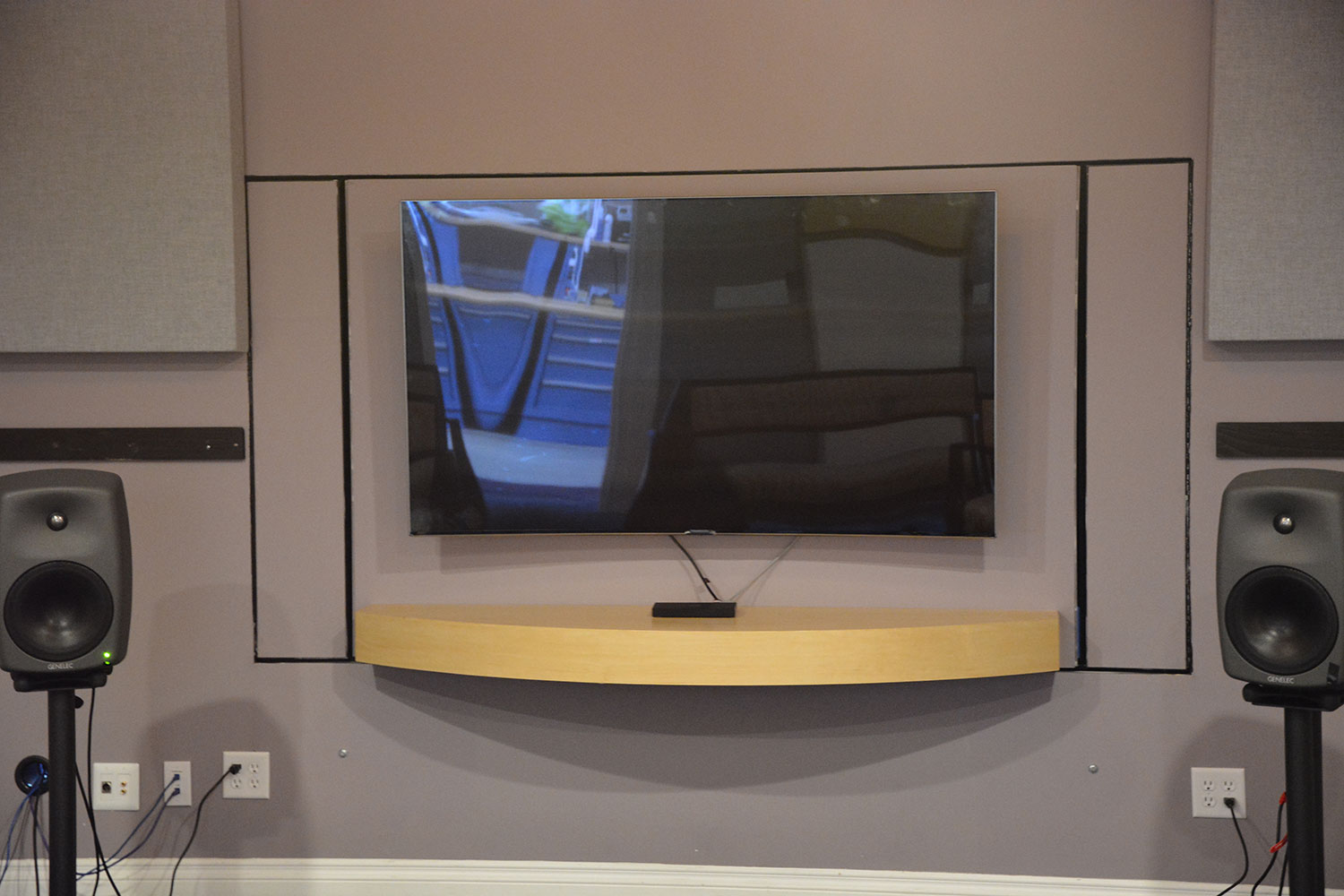
Samsung built its new audio lab for one purpose: becoming number one in sound.
When you think of Samsung, lots of things come to mind: televisions, phones, appliances. Heck, if you live in Samsung’s home country of South Korea, the name may even conjure up parking garages and apartment complexes. But one thing that probably doesn’t spring to mind is high-end audio.
Samsung wants to change that perception. Badly.
To that end, the electronics giant recently constructed a state-of-the-art audio lab in Valencia California and poached top talent from some of the biggest audio brands in the world to run it. An industry leader that was little more than an electronics upstart in the ‘90s, Samsung isn’t just looking to be a bigger part of the audio conversation. Like every category in which it competes, Samsung wants to be “number one” in sound. That might seem extremely ambitious, but as we discovered on a recent trip to its new facility, Samsung is deadly serious about sound.
The science of sound
Samsung’s new audio mecca is staffed by a small but rather illustrious crew of around 20 members, including PhDs, Master’s degree recipients, and inveterate audio talent from across the industry. The team is helmed by VP of Audio and R&D, Allan Devantier, a seasoned audio vet who made no bones about the fact that he literally wrote the book (or paper, anyway) on audio measurement practices; his work was used to create the CEA (now CTA) 2014 loudspeaker measurement standard. A fiery Canadian with a passion for X/Y graphs and sound wave diffraction, Devantier defected from one of the biggest names in audio, Harman (owner of Harman/Kardon, Infinity, and JBL). Along with him came 10 of Harman’s best, while other Valencia staffers jumped ship from the likes of Bang & Olufsen, Gibson, and Beats by Dre, among others.
Before our group so much as set foot on the facility floor, Devantier and his team hammered away at us for over an hour to drive home just how serious they are about Samsung’s “clear mandate to become number one in audio,” and how important data and acoustic measurement are to that goal. “When we design a speaker by measurements,” Devantier told us, “we can look at those measurements and already decide whether that speaker will be in the top 20 percent” of all speakers in its category. “Then we have to do listening tests to make sure we’re the best in that category.”
Far from the “let your ear be your guide” camp, Devantier believes there’s far too much “snake oil” in the audio world, and steers his team towards hard data and scientific principles first and foremost. It’s certainly not a unique philosophy — all modern audio companies use mountains of data as a guide long before they get to the build stage — but it’s remarkable how fervent Devantier is about the importance of following the numbers.
The facility
The lab itself is impressive, though not dissimilar from other labs of its ilk, including the Ultimate Ears facility located just down the block from Digital Trends’ Portland, Oregon headquarters. The 8,500 square foot Valencia facility is a little smaller than what you’d expect from a company of Samsung’s might, but Devantier revealed plans for an expansion that will add nearly another 1,000 square feet of breathing (or measuring) room.
The all-star audio team in Valencia is responsible for only two of Samsung’s audio products so far.
Elsewhere on the grounds are some intriguing mini labs, including one in which the team shoots drivers with freaking laser beams to create more efficient prototypes, as well as the so-called “Buzz and Rub” room, which sounds a lot funnier than it actually is — it’s designed to find buzzes in speaker cabinets. There are also two acoustically treated listening rooms, key factors in Devantier’s philosophy that you “absolutely must listen blind” for accurate audio testing. To that end, one of the rooms has an automated back wall that can swap out TVs, sound bars, and even full 7.1 sound systems, all at the touch of a button.
The gear
Interestingly enough, the all-star team in Valencia is responsible for only two of Samsung’s products so far: the new(ish) line of Radiant360 multi-room speakers, and the new Dolby Atmos-enabled sound bar, the HWK-950 and HWK-850, the latter of which is simply a scaled down version which does not include rear surround satellite speakers.
Begging a mammoth $1,500 asking price for the HWK-950, Samsung’s pricey new venture has undergone a sonic design overhaul since we heard it at CES 2016. The system sounds better than ever, especially when it comes to accurate placement of sonic objects within the hemisphere of sound that is created by Dolby Atmos. Thanks to multiple drivers, including four up-firing drivers and wireless satellite speakers (which require separate power) this thing really sings, serving up power, clarity, and fluid movement. That said, hefty price or not, it’s still a sound bar, and its lighter touch to the upper midrange makes that point known. We’ll have to spend some more time with the system (out this summer) to determine whether its sky-high asking price is worth the money.
As for the many other products that spit forth sound in Samsung’s lineup, the Valencia crew’s responsibility is simply “mentoring and collaborating with Samsung’s audio staff that’s been here for years,” according to Devantier. In other words, when it comes to Samsung’s TVs, its Shape multi-room speakers, and even its run-of-the-mill sound bars, Devantier’s team plays a support role only. In fact, Samsung’s expansive headphone lineup wasn’t even mentioned during our visit.
It’s a good reminder that this brand has a long way to go before its speakers and headphones stand alongside its wildly popular TVs and smartphones, making Samsung’s goal to be “number one in audio” little more than a pie-in-the-sky dream at present. Still, while Samsung’s new audio super-crew has its work cut out, it’ll be interesting to see how the ambitious new lab changes Samsung sound for the better in the coming years. It’s a monumental challenge, but it’s also one that seems to make this exuberant team of audio pros all the more determined.
Editors' Recommendations
- Samsung Music Frame hands-on: invisible audio done right
- Samsung launches its flagship Dolby Atmos soundbar with discounted prices
- Samsung’s Music Frame makes audio look as good as it sounds
- Samsung’s flagship HW-Q990D Dolby Atmos soundbar gets Roon support
- Can curved speakers make TV dialogue easier to hear?




